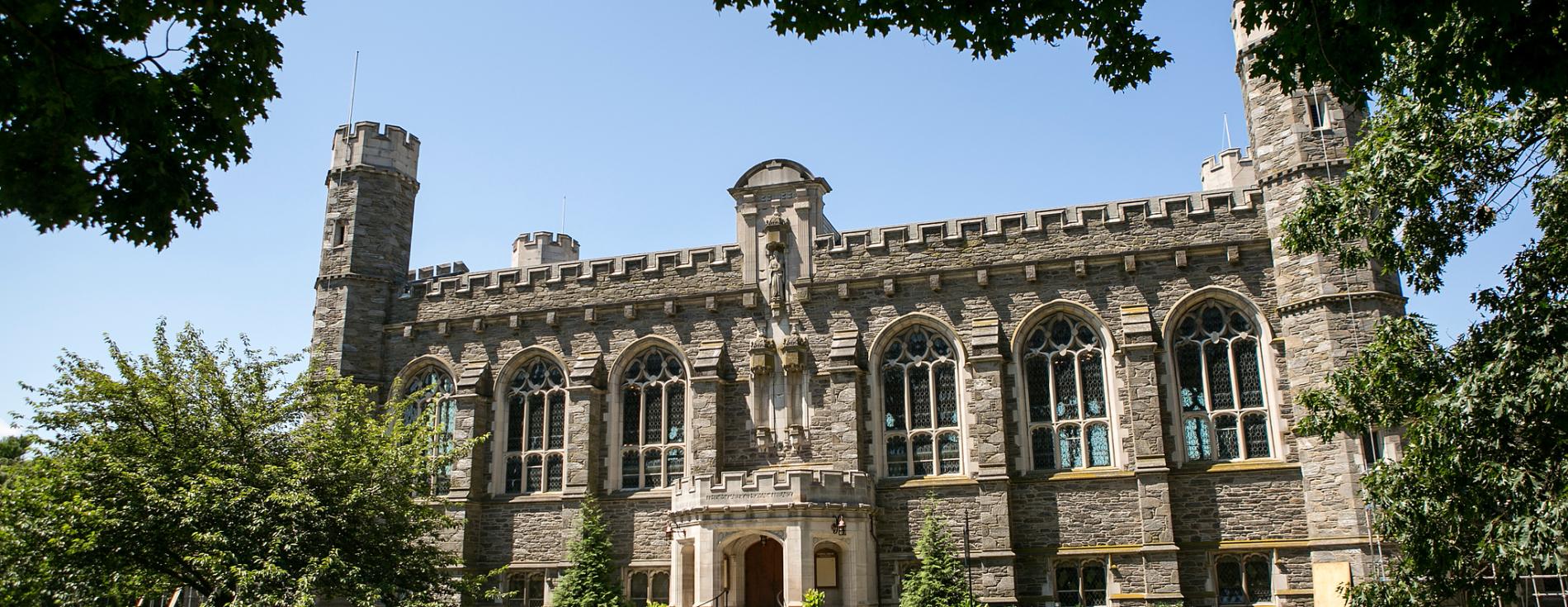Bryn Mawr College’s President Kim Cassidy has announced to the Bryn Mawr College community that the Board of Trustees has approved of plans to remove the name of M. Carey Thomas, the College’s second president, from the entrance to Old Library. Previously known as M. Carey Thomas Library, the building is set to have the inscription removed after years of protests from the student body over Thomas’s racist and anti-Semitic policies. In a letter to the Bryn Mawr community, President Cassidy states, “The inscription over the Old Library entrance, initially intended to honor Thomas’ contributions, now sends an unwelcoming message too powerfully placed to be offset or clarified by countering narratives elsewhere.”
In 2018, the History Group, created to examine Bryn Mawr College’s exclusionary history, participated in a semester-long research project investigating how the legacy of Thomas impacts the College and its students. M. Carey Thomas worked actively to prevent Jewish students and faculty and Students of Color from attending the College. Her advocacy for the education of women was rooted in her commitment to white supremacy. In a speech to the freshman class of 1916, she said “If the present intellectual supremacy of the white races is maintained, as I hope that it will be for centuries to come, I believe that it will be because they are the only races that have seriously begun to educate their women.”
The History Group proposed that the library be renamed, stating “[As] a college explicitly committed to inclusion… the daily use of the Thomas name on our most iconic building does not support [our] goal.” The building was thus renamed Old Library. However, the inscription of Thomas’s name was kept on the building, which prompted the students to take action. In November of 2020, Bryn Mawr students went on strike. Alongside their efforts to seek acknowledgment of Black labor on campus, students demanded the removal of Thomas’ name from Old Library.
In light of the recent unanimous decision of the Board of Trustees to remove the inscription, many students who took part in the strike have expressed their anger in having their efforts for change go unnoticed in the letter announcing the removal of the inscription, which did not bring attention to the students who organized the strikes. After the strikes, the Board Chair, Ann Logan, launched the Institutional Monuments Advisory Group, which convened in January and discussed the approach to Thomas’ legacy on campus. After three years, the Board has voted to have the inscription removed, having met with Mawrters in leadership positions and faculty members to confront the issue and discuss the future of the college.
Members of the Bryn Mawr community who have been waiting for the inscription removal are pleased to finally know to expect the removal to take place by the end of the year. Removing Thomas’ name does not erase her harmful legacy. However, the College is hopeful that it will allow community healing, as Bryn Mawr confronts its history by acknowledging the marginalized groups who not only helped create Bryn Mawr, but have for too long been excluded from its legacy.


